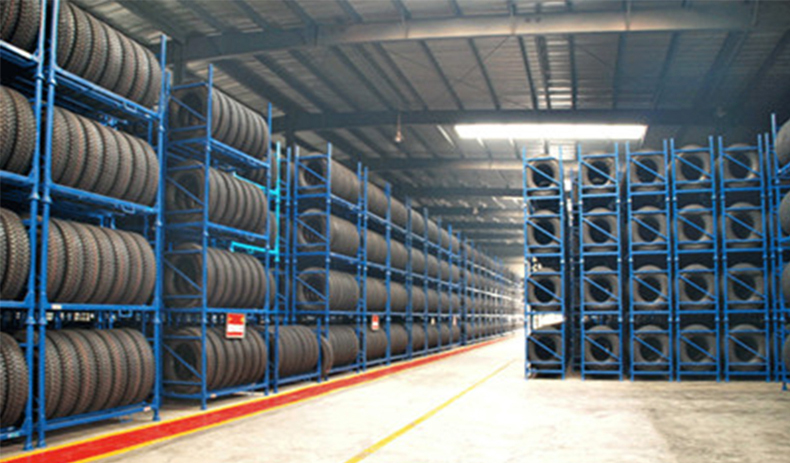Improving warehouse layout requires starting from many aspects. The following are some specific measures:
Reasonable planning of warehouse layout is the key to improving warehouse management efficiency. First of all, according to the functions and product characteristics of the warehouse, the warehouse should be reasonably partitioned and laid out, and the storage area, picking area, packaging area and other areas should be clearly divided to ensure smooth processes between each area and avoid crossovers and detours. At the same time, the distribution and order of goods must be reasonably arranged, and the storage location and order of goods must be reasonably arranged according to the characteristics and sales of the goods to ensure neat, standardized and safe storage of goods.
The use of advanced warehouse management systems can help warehouse managers better manage inventory and optimize warehouse layout. Through the warehousing management system, inventory conditions can be monitored in real time, goods can be managed in a refined manner, and operations such as rapid entry and exit of goods, inventory warnings, and inventory can be realized. At the same time, through the data analysis and optimization functions in the system, the warehouse layout can be simulated and optimized to provide the best cargo space allocation plan and improve the space utilization and operating efficiency of the warehouse.
The introduction of advanced warehousing equipment and technology can further improve the rationality of warehouse layout. For example, the use of shelves, forklifts, stacking racks like Metal cold storage stacking rack and other equipment can realize automated storage and picking of goods, improving operating efficiency and accuracy. In addition, the concept of lean logistics can also be introduced to continuously improve and optimize the layout and processes of the warehouse to achieve efficient operation of the warehouse.
The layout of the warehouse is not static and needs to be maintained and updated regularly. As business changes and the market environment changes, the original warehouse layout may no longer meet new needs. Therefore, the warehouse layout should be inspected and evaluated regularly, and adjusted and optimized according to the actual situation. For example, the cargo space can be adjusted, storage equipment like metal pallet stacking crates added or reduced, etc. according to actual needs.
The improvement of warehouse layout not only requires the support of hardware equipment, but also requires strengthening employee training and management. Through training, employees can understand the principles and requirements of warehouse layout and master advanced warehouse management technology and equipment operation skills. At the same time, it is necessary to strengthen the management and assessment of employees, establish a complete reward and punishment system, and encourage employees to actively participate in the improvement of warehouse layout. Only when employees have sufficient professionalism and sense of responsibility can they better perform warehouse management work and improve the overall operational efficiency of the warehouse.
In short, improving warehouse layout requires starting from many aspects, including rationally planning warehouse layout, adopting advanced warehouse management systems, introducing warehousing equipment like automotive parts shipping racks and technology, regularly maintaining and updating warehouse layout, and strengthening employee training and management. Through the implementation of these measures, the space utilization and operating efficiency of the warehouse can be further improved, costs can be reduced, and corporate competitiveness can be improved.
